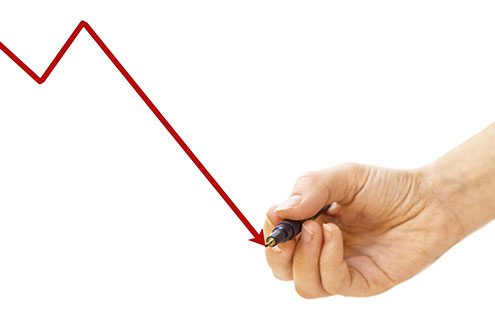The insurance-linked securities (ILS) market is ready to deal with the increasing rate of natural disasters, despite the fact that aggregate losses from catastrophes in Q3 2017 are likely to reach $100 billion, according to a market update from Willis Towers Watson Securities.
In its quarterly ILS market update, the firm explained that ILS investors are responding to the uptick of natural disasters by making payments to ceding companies, while continuing to raise more money and preparing to make investments.
With the aggregate cost from Q3 2017 is likely to reach $100 billion, Willis Towers Watson Securities explained this magnitude “serves to remind the industry of the potential scale of losses it could face” and provides “an effective test of its capitalisation, ability to recapitalise and the resilience of the investor base”.
Bill Dubinsky, head of ILS at Willis Towers Watson Securities, commented: “Even though this is not ‘that year’, the recent loss activity will provide some clues as to what might happen when it does occur, and we can say that so far ILS investors and traditional reinsurers have performed well, supporting insurers to serve their policyholders.”
“In particular, I would point to the Mexican government’s FONDEN bond where the class A notes may see a total loss of principal, delivering $150 million of disaster relief where it is vitally needed.”
John Seo, co-founder and managing director at Fermat Capital, added: “For better or worse, after a significant loss event many current and potential ILS investors are conditioned to put additional or first-time capital into ILS.”
“As a result, investor interest in ILS is higher now than ever before. No doubt, this is due, in part, to an expectation that some reinsurers and insurers will firm up premiums for some programs in 2018 and that this might have a spill over effect on the ILS market and I expect ILS to continue to play a role in moderating post-event rate increases.”






